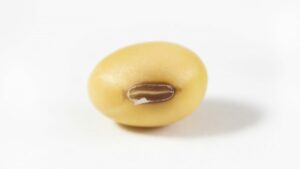Today, Syngenta announced that its newest corn seed treatment, Vayantis, has received approval and registration from the EPA.
Vayantis contains a new mode of action formula to protect corn from Pythium, a large seedling disease threat for corn. It contains the ingredient picarburtrazox, which was developed to protect seedlings from blight and damping-off diseases, such as Pythium and Phytophthora.
“Pythium is the No. 1 seedling disease threat for corn, causing more damage than Fusarium and Rhizoctonia seedling diseases combined,” said Dale Ireland, PhD, technical product lead for Syngenta Seedcare. “With Vayantis, we are thrilled to give growers another tool to help them combat Pythium and protect their crops. By providing this unmatched disease protection, Vayantis helps increase potential yield by an average of 2 bushels per acre (bu/A) on the broad acre and 4 to 6 bu/A in moderate to high pressure situations, compared to other seed treatments.”
The company reports that Vayantis has a lower use rate and broader activity and can enable more space on the seed and flexibility to add on additional seed amendments without sacrificing protection.
Vayantis will be available in select areas for the 2021 growing season, with a full rollout for 2022.
The Pythium Risk
According to Syngenta, more than 50 known Pythium species commonly infest U.S. soil, which results in damping off, the leading cause of yield loss in corn. Growing trends such as no-till can also increase the risk of Pythium.
“Low stands or poor development of crop plants is, unfortunately, a common occurrence for fields that were planted in many regions of Ohio with heavy soil or poorly drained soil,” said Anne Dorrance, PhD, Soybean Extension plant pathologist at The Ohio State University. “For management, improving soil drainage and having at least two active ingredients in the seed treatment mixture targeting water molds are necessary for the challenging areas in Ohio that have a history of replanting.”












